How to Prune Roses in Fall
Introduction
Roses are a beautiful addition to any garden, and fall is an ideal time to prepare them for the colder months. Pruning roses in fall helps promote healthy growth, reduces the chances of disease, and enhances blooming potential for the next season. If you’re wondering how to prune roses in fall, you’re in the right place! In this guide, I’ll walk you through everything you need to know, from the basics of rose pruning to advanced tips, so you can keep your roses healthy and vibrant year after year.
Why Prune Roses in Fall?
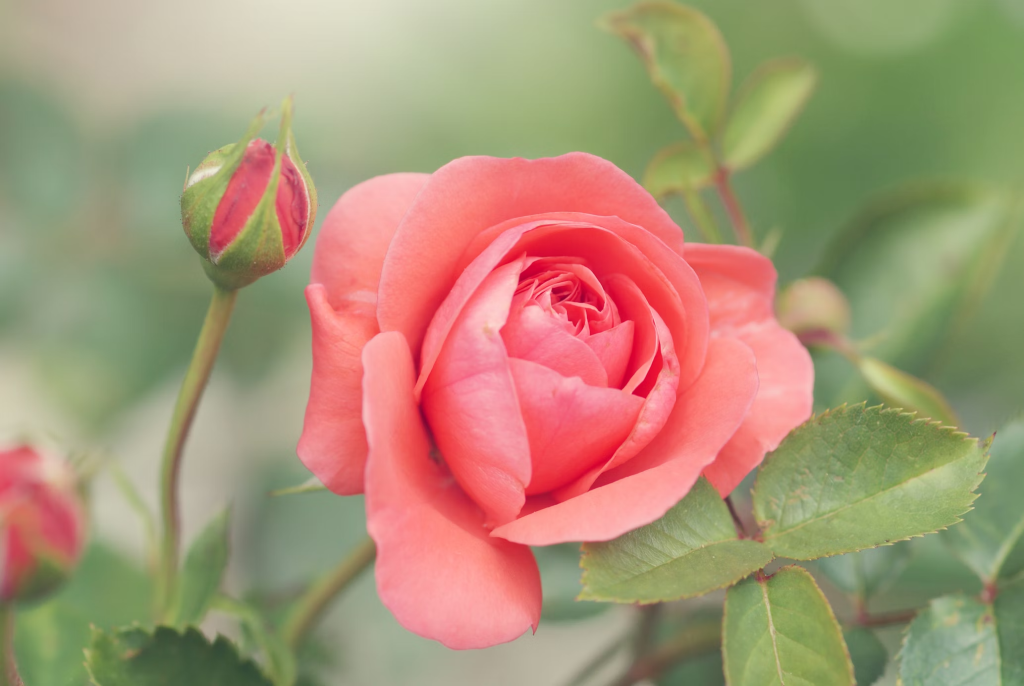
Pruning roses in fall has several benefits for the plant’s health and growth. When you prune in the fall, you help prevent damage from winter weather, reduce pest infestations, and prepare the plant to focus on root development instead of flowering. Additionally, removing dead or damaged branches allows for better air circulation, which helps reduce fungal diseases and makes for a healthier rose bush. This approach is essential for helping roses store energy, leading to stronger, more vibrant blooms come spring.
If you’re a beginner or just getting started with gardening, you may also find it helpful to check out our guide on raised bed vegetable gardening for beginners, as many basic gardening techniques apply to rose care as well.
Tools You’ll Need for Pruning Roses
Having the right tools makes a big difference in achieving clean, healthy cuts when pruning. For effective rose pruning, gather the following:
- Pruning Shears – Sharp shears are essential for clean cuts that don’t damage the stems.
- Loppers – These are ideal for cutting thicker, woody branches.
- Gloves – Rose bushes have thorns, so gloves help protect your hands from scratches.
- Rubbing Alcohol – This is useful for disinfecting your tools to prevent spreading diseases between plants.
- Bucket or Bag for Clippings – Having a bucket nearby keeps your workspace tidy and prevents any old, diseased clippings from falling into the soil.
Using clean, well-maintained tools also extends their life, which is something every gardener can appreciate.
Steps on How to Prune Roses in Fall
Step 1: Start by Removing Dead or Diseased Wood
The first step is to inspect your rose bush and remove any dead, diseased, or damaged wood. Dead wood is usually darker in color and may feel brittle. Pruning away these parts helps prevent disease spread and opens up the plant to allow better air circulation.
When pruning deadwood, make clean cuts as close to the base as possible. This helps reduce the chance of any fungal infections. You can apply similar techniques when learning how to prune blackberry bushes for a healthier, more productive plant.
Step 2: Trim Crossing or Crowded Stems
Roses can become crowded with overlapping branches, which restricts airflow and increases the likelihood of disease. Trim any stems that are crossing over each other or growing inward. Choose the weaker or less healthy stem to remove, allowing the stronger stems more room to grow.
This technique is similar to what you’d use when deciding when to separate seedlings, as both tasks focus on reducing overcrowding and promoting optimal growth.
Step 3: Cut Back Long, Unruly Stems
As fall approaches, roses can develop long, leggy stems that make the plant appear unbalanced. Cut back these stems by about one-third, trimming just above an outward-facing bud. This ensures that new growth will develop in an outward direction, giving the bush a fuller, more aesthetically pleasing shape come spring.
Knowing how big rosemary grows can also be beneficial as it requires similar pruning techniques to keep it looking tidy and controlled.
Step 4: Prune for Shape and Size
Once you’ve removed dead, diseased, and overcrowded wood, you can start pruning for shape. Fall is the time to give your rose bush a clean, uniform appearance by trimming back any overly tall stems or uneven sections. Keep in mind that different rose varieties may require unique shaping methods, so it’s a good idea to research the needs of your specific plant type.
Shaping a plant is as important for aesthetic appeal as it is for health. If you’re a fan of ornamental gardening, you might enjoy exploring our post on flowers that look like tulips for more ideas on creating visual appeal.
When to Prune Roses in Fall
Timing is crucial when it comes to pruning roses in fall. Generally, it’s best to prune once the plant has started to go dormant but before the first frost hits. This period typically falls in late autumn, although the exact timing can vary significantly based on your climate and specific weather conditions.
In regions with milder winters, you may find that late October to early November is the optimal time for pruning, while in areas with harsher winters, it may be beneficial to wait until later in November. If you prune too early, you may inadvertently encourage new growth that could be severely damaged by cold weather, as fresh shoots are particularly vulnerable to frost. On the other hand, pruning too late could leave your roses exposed and susceptible to frost damage, which can stunt growth and even lead to the demise of your plants.
To get the timing just right, keep an eye on the temperature forecasts and seasonal changes in your area. Observing how other plants in your garden respond to the cooling temperatures can provide valuable insights. For instance, understanding the thresholds for other flowers, such as pansies, can help you gauge the best time to make your cuts. As you consider when to prune, remember that the goal is to strike a balance that promotes healthy growth for the following season while protecting your roses from the potential dangers of winter. This careful consideration will ensure that your roses thrive when spring arrives, ready to bloom beautifully.
Caring for Roses After Fall Pruning

After pruning, roses benefit from a little aftercare to help them transition smoothly into dormancy. Apply a layer of mulch around the base of the plant to insulate the roots and retain moisture. If you’re in a colder climate, consider using a thicker layer of mulch for extra protection against frost.
Watering the soil around your roses is also beneficial, as it gives the plant adequate hydration before the ground freezes. For more tips on hydrating plants, see our guide on DIY plant watering bottle.
Common Mistakes to Avoid When Pruning Roses
Pruning roses can be simple, but there are some common mistakes to avoid for the best results. One mistake is cutting too close to the bud, which can damage the bud and prevent future growth. Another is not disinfecting tools between plants, which can spread disease.
Also, avoid pruning too late into fall, as it can expose freshly cut stems to frost damage. Taking extra care to avoid these mistakes can lead to healthier and more vibrant roses, something you might want to keep in mind when dealing with other flowering plants, like when do morning glories bloom.
Benefits of Pruning Roses in Fall
The benefits of pruning roses in the fall go beyond aesthetics. By clearing away dead or damaged growth, you reduce the risk of disease, which improves the plant’s overall health. Fall pruning also directs the plant’s energy towards root development, leading to a stronger foundation that supports healthy, vigorous growth in the spring.
If you’re interested in how other plants benefit from seasonal pruning, check out our guide on how to prune blackberry bushes to compare the benefits across different plant types.
Additional Tips for Pruning Different Rose Varieties
Not all roses are created equal. Climbing roses, for example, should be pruned differently than bush varieties. When pruning climbing roses in the fall, focus on shaping rather than hard pruning, and remove only the oldest, least productive canes. For hybrid tea roses, cut back the stems by about half for a balanced look, but avoid over-pruning, as they tend to be more sensitive.
Exploring the nuances of different rose varieties can enhance your gardening skills, especially if you’re considering expanding to other ornamental plants. For inspiration, check out our post on indoor window plants for more unique plant choices.
Conclusion: Preparing Your Roses for a Flourishing Spring
Pruning roses in the fall is an essential part of rose care, ensuring that your plants remain healthy and vibrant through winter and are ready to bloom beautifully in spring. By understanding how to prune roses in fall, you’re not only helping the plants survive the colder months but also encouraging more robust growth and vibrant blooms.
Whether you’re a seasoned gardener or a beginner, following these fall pruning steps can lead to a thriving rose garden. From shaping techniques to timing tips, each step contributes to a healthy, stunning rose bush come spring. Remember to protect your roses from harsh winter weather with some mulching and water retention tips, which you can find in our article on common garden pests to ensure year-round rose health.
By taking the time to prune and protect your roses now, you’re setting yourself up for a gorgeous display of flowers next year!



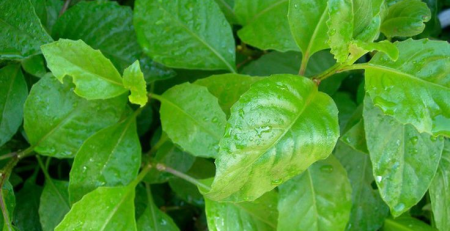

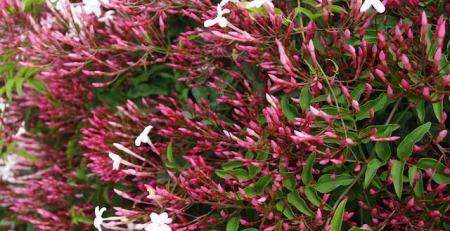
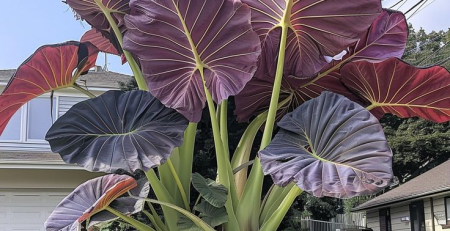
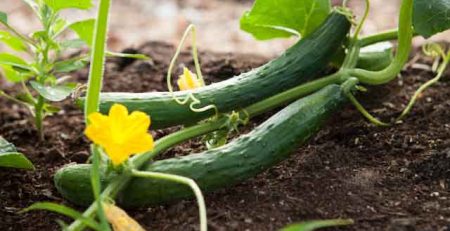




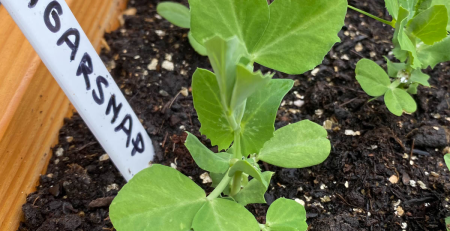
Leave a Reply